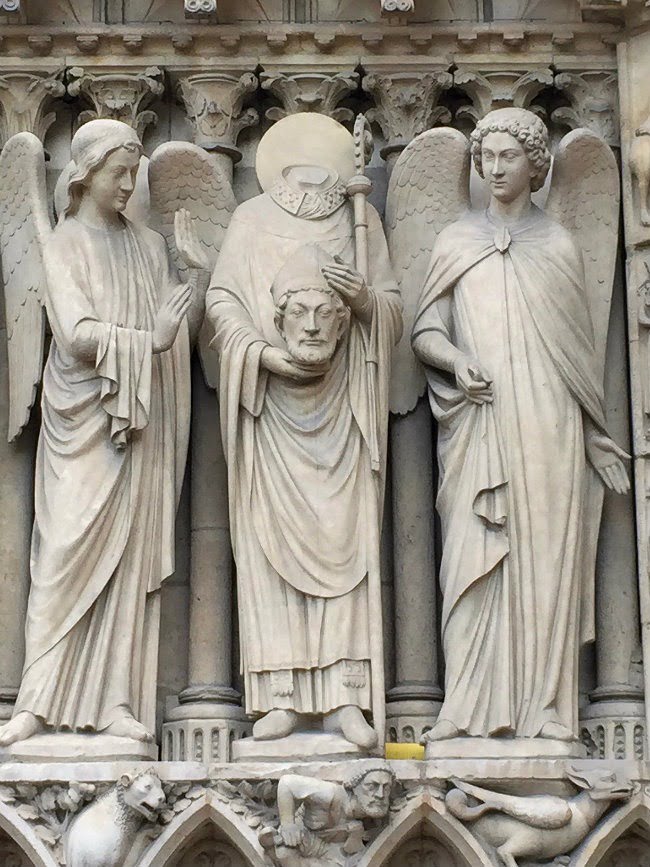
By Moe,
Around 250 BC, the Celts settled on the site which was to become the ancient city of Lutetia (Lutetia Parisiorum, “Lutetia of the Parisii”),’ and today is known as the city of Paris. It was named after a tribe of Celts known as the Parisii during the Roman era of the 1st to the 4th century. The Parisians (Pariasians)it had been said were the followers of Isis who was known as the chief goddess of the Greco-Egyptian empire. Hence, the Celtic Parisii came from the East and eventually settled in Gaul.
They are first mentioned in the Commentaries of Julius Caesar who dwelt in a district on the Seine in the town called Lutetia. The Greek geographer Strabo had written during the reign of Augustus Caesar that the Parisii live round about the Seine, having a city, called Lucotocia (Λουκοτοκία), on an island in the river”.

This city of Lutetia would later be renamed Paris in 360 A.D under the Roman Emperor Julian, who named it Civitas Parisiorum ‘the city of the Parisii’ in honor of the city’s original founders, the Celtic Parisii. It was here where the Parisii settled, and with them, they brought their religion and secret rites of the Goddess from the East, and where they had built a temple of Isis in which you could find a statue of Isis.
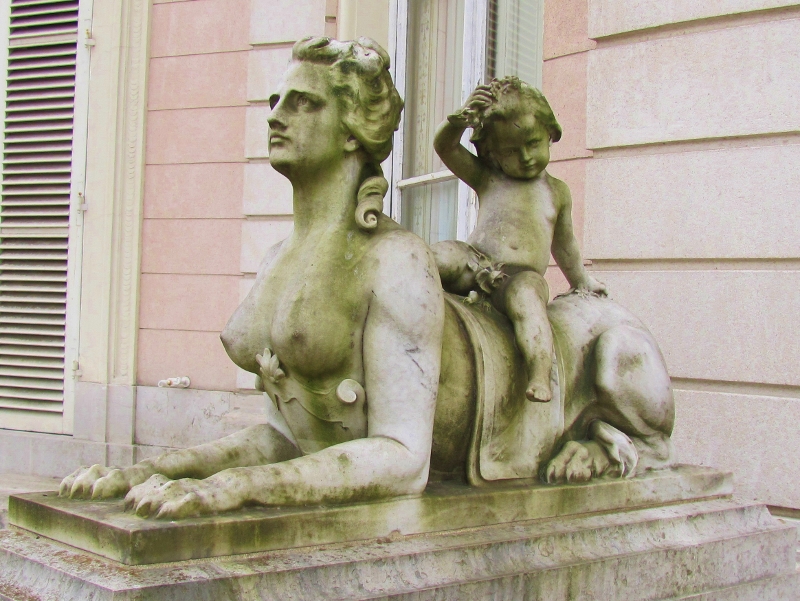
In 1163, the site of the Temple of Isis would be the location where Notre-Dame de Paris (IPA: [nɔtʁə dam də paʁi]; French for “Our Lady of Paris”) would be built, and had become the “Parisian church of the kings of Europe.” The original statue of Isis was preserved in the Abbey of St. Germain until the year 1514 when the Archbishop of Meaux had it destroyed.
Modern day archaeologists confirm that this location was the first site discovered during the reign of Roman emperor Augustus (27 BC-14 AD); making it essentially a placed founded under the Roman Empire and Pax Romana, that has almost always been governed by an envoy of Caesar. During the Roman conquest of Gaul , the Parisii participated with Suessiones resistance movement to Caesar organized by Vercingetorix in 52 BC., but later they would unite with Rome. This is why it is considered the only sister city of Paris is Rome and vice-versa.
The Celtic Parisii eventually were strong allies of Rome since the time of Augustus Caesar. They had special freemen privileges under the Roman Law and considered Augustus to be a type of savior or messiah for their people. A title that they still honor to this very day.
Hence, the motto for Paris is, “Only Paris is worthy of Rome; only Rome is worthy of Paris.”
However, I have found that Augustus Caesar did not condone the worship of the goddess Isis, or any Greco-Egyptian cults. They were simply forbidden in the Roman Empire during the reigns of Augustus and Tiberius. In fact, he found the cult “pornographic,” though the cult was known to proscribe periods of sexual abstinence to its adherents. Tiberius, upon hearing of a sexual scandal involving the cult, had the offenders crucified and images of Isis cast into the Tiber.
But this policy would change in 38 A.D. under the reign of Caligula who consecrated the great Roman temple in the Field of Mars to Isis Campensis. From this point forward, wherever Rome went to conquer with the Roman Eagle such as Gaul, Britain, Germany, and even here in America, the cult of the goddess Isis would replace all other deities and religions.
One of the most famous monuments of ancient Paris is the Pilier des nautes (“the pillar of the boatmen”), which was decorated with many deities such as Vulcan, Pan and the sacrificial Minos (Jupiter) bull.
The inscription reads on the Pilier des nautes;
TIBerio CAESARE
AVGvsto IOVI OPTVMO
MAXSVMO
NAVTAE PARISIACI
PVBLICE POSIERVNT
During the reign of Tiberius Caesar
Augustus, to Jupiter Best and Greatest,
the Parisian boatmen erected this from public money.
These boatmen could be called the Cretans or Phoenicians that I have connected to the island of Crete, in which I will go into further detail below and in future articles.
THE ORIGINS OF THE PARISII AND PEOPLE OF PARIS
The origins of the Celtic Parissi may have been descended from a tribe known as the Parrhasians, a people of Arcadia. The 15th century Italian humanist and poet, John Baptist Mantuanus had said that the Parrhasians, whom Hercules led from a corner of Arcadia, came to France, where they settled and gave to the nation the name of Parisians.
The key to understanding the origins of the Parisians is that their history in Crete and Greece is shrouded in mythology, epic poems and mythical names that place a veil over the true origins and the true home of these people. A people who I have traced back to the island of Crete which was also known as Arcadia and many other names.
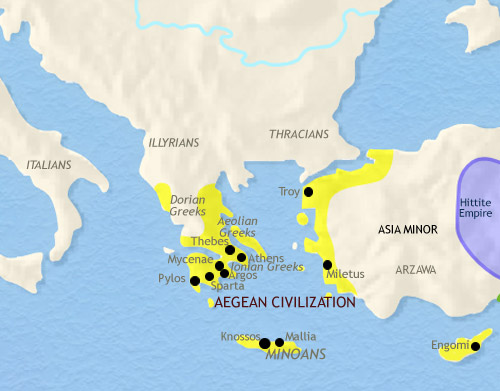
The town of Parrhasia is mentioned by Homer, and its antiquity may be inferred from its having been said to be founded by Lycaon, or by Pelasgus. Pelasgus is said by Apollodorus to have espoused Melibea, the daughter of Oceanus. According to Ovid, their son Lycaon was king of Arcadia, and his extreme wickedness was one principal cause of the catastrophe of the deluge. Lycaon was the father of Titanas, and Orchomenusd, whose son was the famous Minyas, the ancestor of the Argonauts.
The king Lycaon can be connected to the ancient town of Crete called Lycastus whose inhabitants of which accompanied Idomeneus to the Trojan war. The children of Idomensus were whom Homer had called the royal and warlike ‘Idomen,‘ and who we would know of today as the Judeans (Idaeans, Tribe of Judah).
Pausanias, the Greek traveler and geographer of the 2nd century AD had said; ” of the sanctuary of the Mistress is Mount Lycaeus, which they also call Olympus, while others of the Arcadians name it the Sacred Peak. They say that Zeus was reared on this mountain. There is a place on Lycaeus called Cretea: it is to the left of the grove of Parrhasian Apollo, and the Arcadians maintain that the Crete where, according to the Cretan legend, Zeus was reared, is this place, and not the island of Crete.”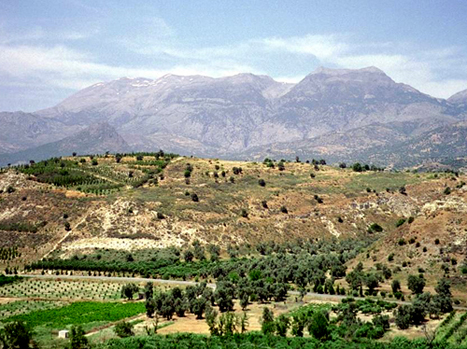
As I mentioned above, the ancient name of Arcadia I have found to be the holy island of Crete which I have written about numerous times on my blog, and whose people have been known by many various names such as the Cretans, Arcadians, Minoans, Philistines, Phoenicians, Gnostics, Judeans and Jews throughout history. This is the island where the King of the Gods, Zeus (Jupiter) was born and hidden in a cave on Mount Ida by his mother who is sometimes called Rhea (Venus) or Cybelle away from his vengeful father Kronos (Or Saturn).
The symbols of Cybele are, the black cube stone, meteor, crescent of Venus, cornucopia, mural crown, chariot and lions.
She is also known as the “Great Mountain Mother (Mater Idaea or Idaean Mother)”, who was often depicted in a chariot drawn by lions as if she was circling her pray. Virgil had said that the King Aeneas had ships sacred to Cybele and had decorated his ship’s prow in the representation of the sacred Mount Ida and a pair of lions. In Rome, Cybele was known as the Magna Mater.
The connection with Cybele (Rhea, Mountain Mother and Magna Mater) and Isis can be seen in the symbols of the crescent of Venus and the lion. Isis was also known to be depicted in art and on coins with lions.
The poet Virgil during the time of Augustus Caesars’ famous war campaign had written; “Generous goddess of Ida, you, Mother of Gods, who take delight in Dindyma and towered towns and lions yoked in pairs, now guide me in this coming battle; goddess, make this sign favorable, stride beside the Phrygian squadrons with your gracious step.”
I had written about Phrygia and the Phrygians in my article, “Meaning of Freemason.” In that article I stated the Greek word ‘Phrygians,’ Фр£ог meaning ‘free men’ and that the Phrygians came from a country that in mythology and history books was called Phrygia, and today is known as the Mediterranean island of Crete. As part of the Roman ceremonies when a slave would obtain his freedom, he had his head shaven, and then placed upon his head, the Phrygian Cap which was also known as the Cap of Liberty. The Phrygian cap was worn by the revolutionists during the Masonic French Revolution in the 18th century.
It is well-known, that on the island of Crete they had worshiped a goddess who has become known as the snake goddess. In the city of Knossos, Sir Arthur Evans had found the famous ten-inch high statuette of the “snake goddess” holding serpents in her hands with her breasts exposed. This snake goddess of Crete I believe later became Isis, and the followers of this goddess, the Parrhasians migrated from Crete to Paris and later became known as the Parisii.
The statuette dates from approximately 1600 B.C. and shows a goddess subduing the serpent which appears to be similar to other myths such as the Egyptian Fable of Isis and Typhon; “Osiris and Isis lived happily together; then arose the serpent Typhon, and persecuted them, especially the latter, and at length through envy destroyed Osiris, and committed his broken remains to an ark or chest.” Hence, the name of the mythological name of the Arcadians for the Cretans.
It is important to note that the Greeks had called Isis the goddess with ten thousand names or Isis Panthea (”Isis the All-Goddess”).
The goddess Isis is also well known to be seen with serpents. Here is an image of Isis now called the Metternich stele, and clearly shows Isis with serpents like the snake goddess of Crete. It dates to the thirtieth dynasty of Egypt around 380-342 B.C. during the reign of Nectanebo II. Hence, this would have been made long after the snake goddess of Crete and why I believe that the Cretans had imported this goddess into Egypt where she would be later known as Isis and not vice versa.
The Celtic Parisii may have also originated through the mythology of Helen, wife of Menelaus, king of Sparta, whose abduction by Paris caused the Trojan War. Where was Helen abducted to? Could Helen be connected with Cybele of Crete who would later become known in the Greco-Egyptian empire as Isis, and their cult moved to the West in Gaul (France) where they would settle on the Seine? A war- like people from Crete who were now known as the Celtic Parisii and who gave rise to one of the most famous cities in the world called Paris which happened to be one of the most powerful Roman allies in the West?
I think we can now say that the history, evidence, and science will prove this as a fact.
THE STONE OF THE GODS AND FREEMASONS
Another connection between the Parissi and the Cretans would be a special kind of stone known as limestone. The whole island of Crete is said to be one giant limestone mountain, and my theory is that these people of Crete would not just settle anywhere, but only where there was plenty of limestone to be found. These were the first true Freemasons who used mainly limestone to construct their buildings, and even the king’s famous throne on Crete that was found at Knossos was made of limestone.
The city of Paris was built on top of limestone quarries known as Paris limestone or the Parisian Lutetian limestone. Almost all the ancient buildings of Paris were also made of limestone.
Limestone was one of the most valuable commodities for these people, not only for buildings, but also for the healing properties of limestone. The Western facts are there are not a lot of areas that have an overabundance of limestone such as Paris, and this would be precisely why they had chosen this location to settle.
One interesting final note is that the official residence and principal workplace of the President of the United States known as the whitehouse, is also made of limestone that had to be imported from Croatia. It is well-known that the French Freemasons, or who we can call the Parisii of Isis who built Notre Dame out of limestone and much of Paris, had assisted the Americans in designing and building most of Washington D.C. They also had given the Statue of liberty as a gift to the U.S. in which the foundation of the Statue of Liberty is made of limestone.
THE DNA SCIENCE OF THE PARISII AND THEIR GREEK COUSINS
One of the last connections I would like to mention is that we now have DNA science that can back up my theory of the origins of the Celtic Parisii. DNA that we now may be able find in both France and Paris that we can trace back how it came to France from places in the East such as Crete, Greece, Egypt and many other countries. The DNA Haplogroups I speak of is known today as the E1b1b1b2a E-M123 and E-M34 Haplogroups.
As I mentioned above, the Parisii were strong allies to Rome. I have traced the E1b1b1b2a E-M123 and E-M34 Haplogroups all around the world spread as far as west as northern France, and as far east as southwestern Russia. You will ALWAYS find this Haplogroup in the exact same locations where the Romans had ventured and/or had conquered. The only explanation for this would be that this DNA was either of Roman origins, or that these people were employed and/or enslaved by the Romans or their successors.
This DNA is said to be the founding lineages of many Semitic and Sephardic Jews, accounting for over 10% of all male lines. It is also found in individuals such as Ethiopian Jews and in arabs.
In Europe E-M123 is only observed at frequencies over 2.5% in southern Italy, in the Spanish region Extremadura (4%), and the Balearic islands of Ibiza and Minorca (average 10%). E-M123 could have been brought to the Mediterranean coasts of Europe by the Phoenicians, and to Italy by the Etruscans (from Anatolia). The Romans might have contributed to spreading it around their empire at low frequencies.(eupedia)
The French Emperor Napoleon Bonaparte had belonged to these DNA Haplogroups, and also powerful people in other countries such as the chancellor Germany with Adolph Hitler, and here in the U.S with people such as 33rd-degree Freemason and President Lyndon Baines Johnson.
I’m sure these historical, DNA and Masonic connections are by no means a coincidence. Quite possibly someday soon they may be accepted as historical facts based on science and not mythology.
Source: https://gnosticwarrior.com
Disclaimer: We at Prepare for Change (PFC) bring you information that is not offered by the mainstream news, and therefore may seem controversial. The opinions, views, statements, and/or information we present are not necessarily promoted, endorsed, espoused, or agreed to by Prepare for Change, its leadership Council, members, those who work with PFC, or those who read its content. However, they are hopefully provocative. Please use discernment! Use logical thinking, your own intuition and your own connection with Source, Spirit and Natural Laws to help you determine what is true and what is not. By sharing information and seeding dialogue, it is our goal to raise consciousness and awareness of higher truths to free us from enslavement of the matrix in this material realm.
Français
 EN
EN FR
FR



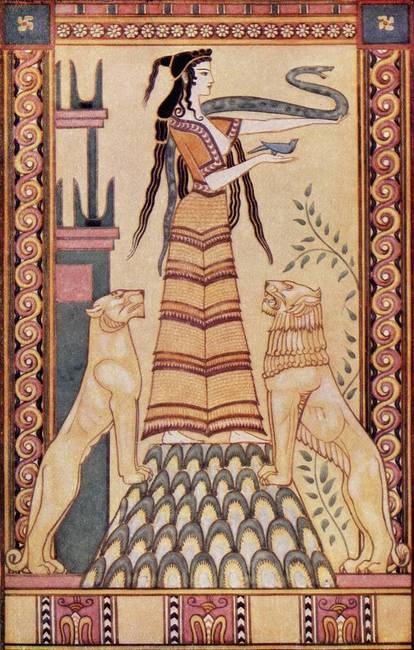


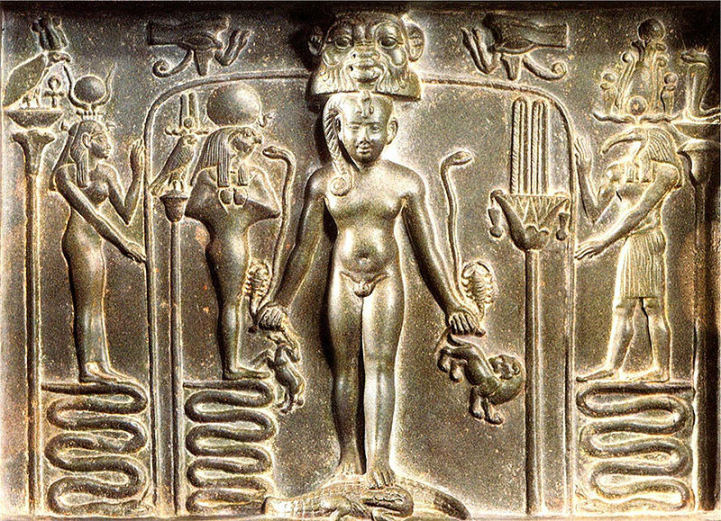

























The significance of the destruction of this ancient icon will continue to unfold and much will be written in the coming days and years to come. But no matter the cause or case, this was a time released event that is a deeply coded synchronic punctuation mark.
Much could be said, but for the sake of this particular blog entry I will lay out some synchronic skeleton keys for others to unlock and decode.
https://1320frequencyshift.com/2019/04/16/notre-dame-synchronicity-and-symbolism/